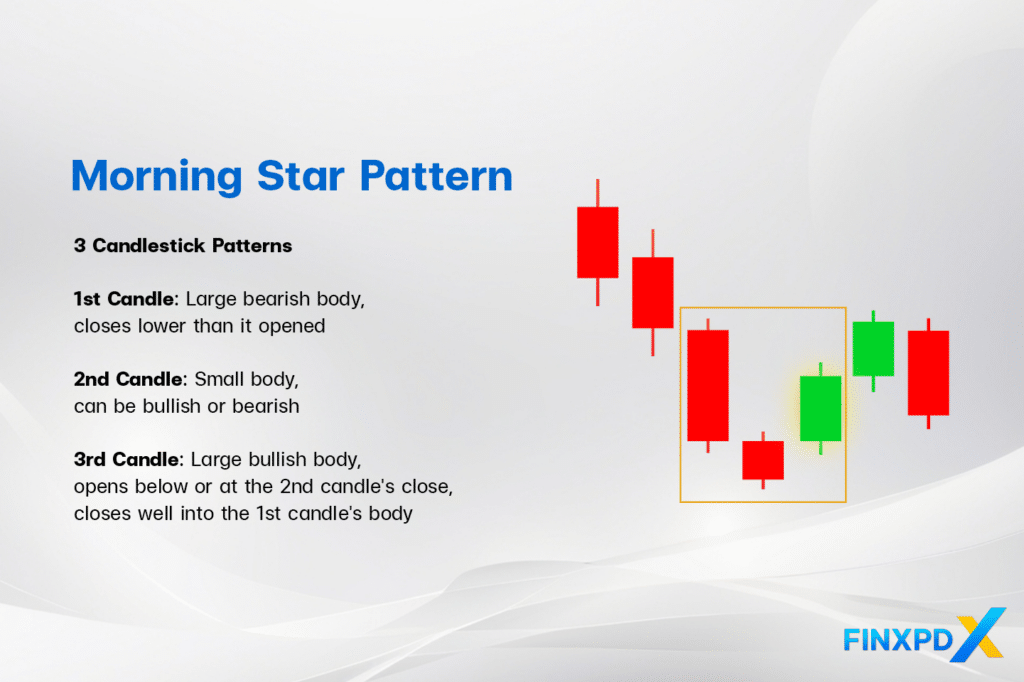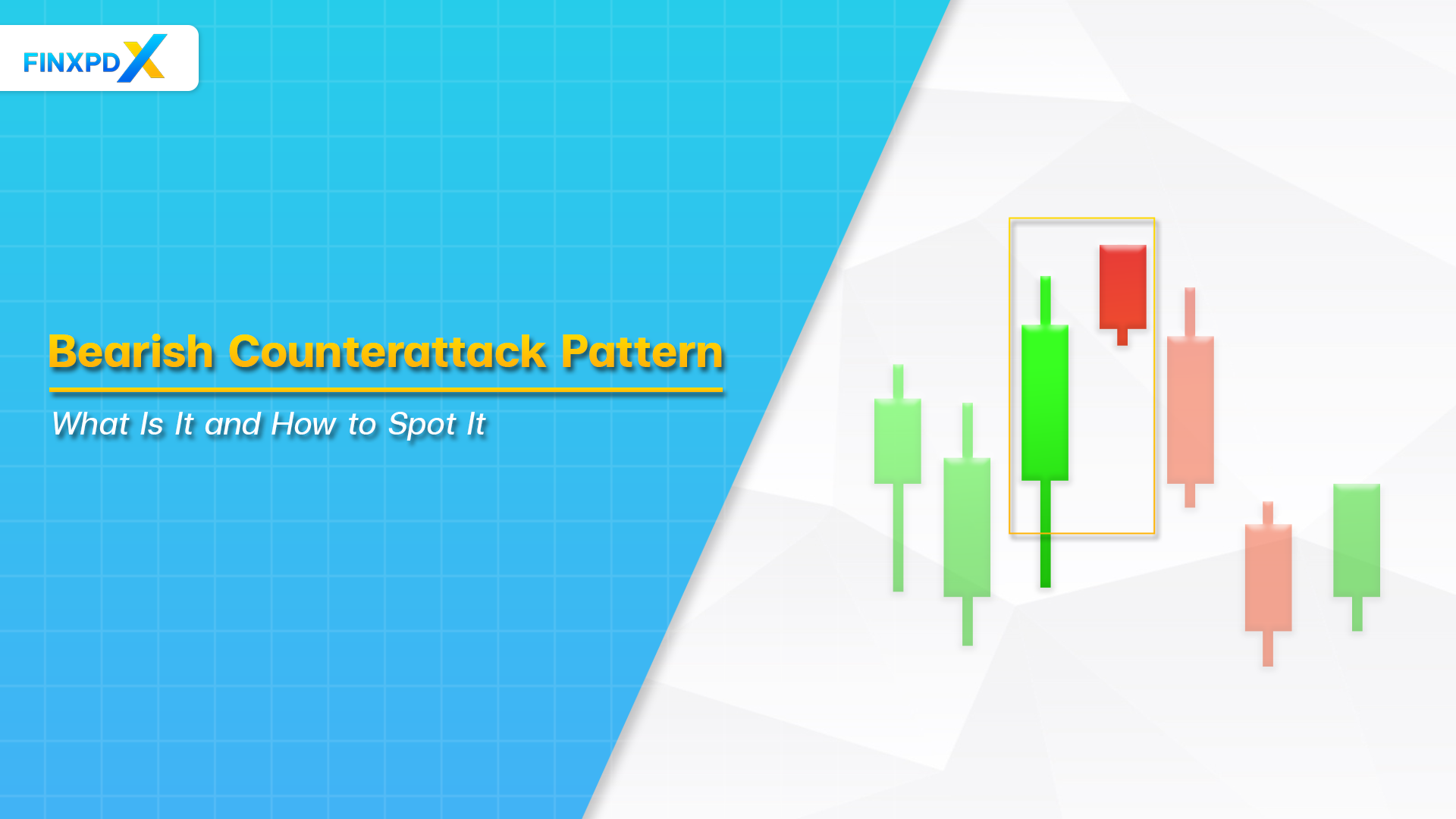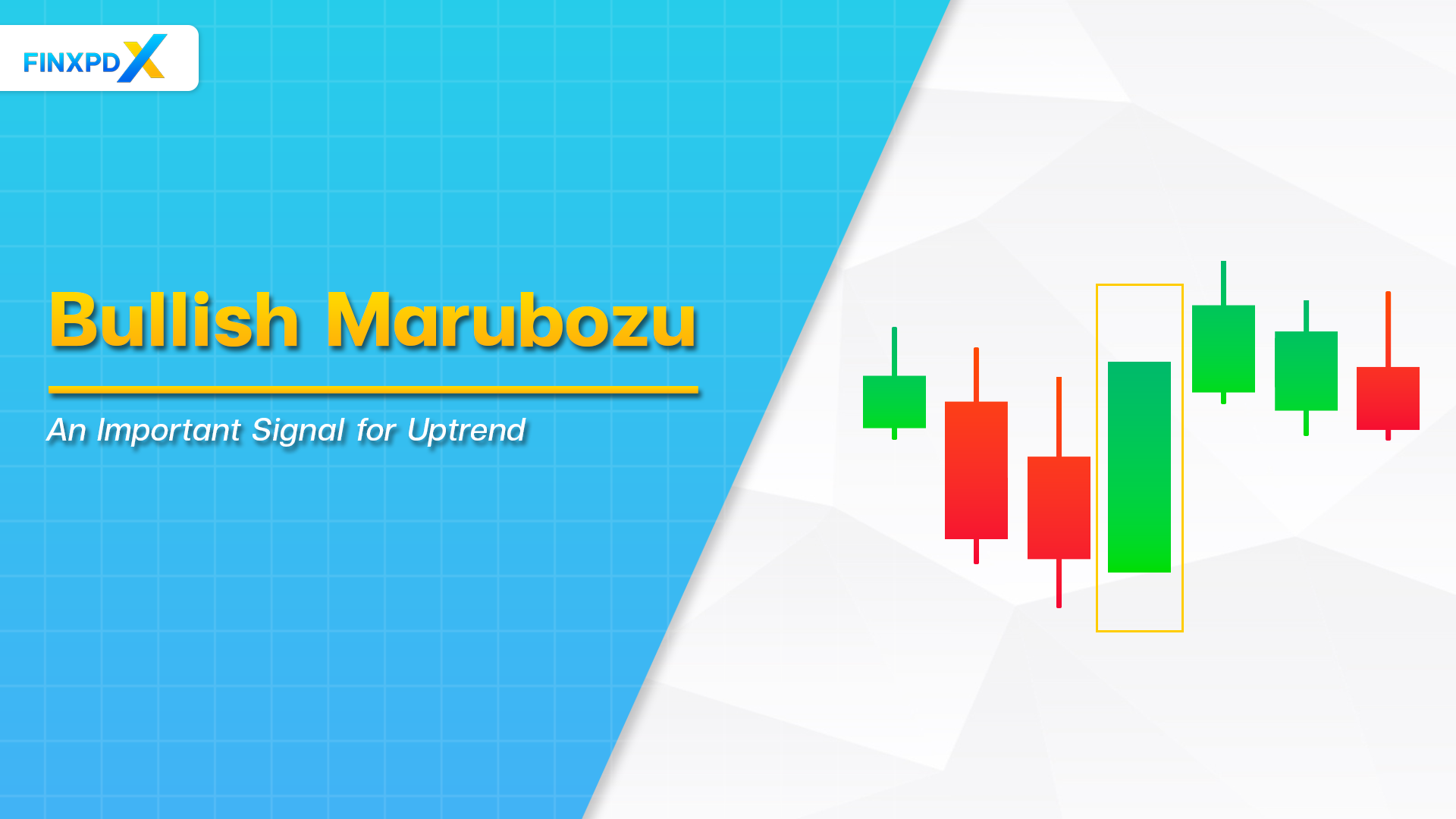In the world of trading, finding reliable candlestick patterns is essential for success. The morning star pattern is one of the best signals to identify bullish reversals in the market. Recognized for its reliability, this three-candle pattern signals a potential shift from a downtrend to an uptrend, providing traders with valuable insights for making informed trading decisions.
In this article, we’ll explore into the morning star pattern, covering its identification, significance, and practical use in trading. We’ll also compare it with the evening star pattern to highlight their differences and effects on market trends. Unlock your bullish trading skills by mastering the morning star pattern and leveraging it to enhance your trading strategy.
What Is the Morning Star Pattern?
The morning star pattern is named for its resemblance to the morning star, the bright planet that appears just before sunrise, signaling the dawn of a new day. In the context of trading, this pattern serves as a visual metaphor for the transition from a bearish market (darkness) to a bullish market (light).
This pattern is a bullish reversal signal in technical analysis, indicating a downtrend’s end and an uptrend’s start. It features three candles: a long bearish candle, a short-bodied candle, and a long bullish candle. The pattern suggests a shift in market sentiment from bearish to bullish, indicating a potential buying opportunity. The morning star is particularly significant when it forms at a key support level or after a prolonged downtrend.
Key Takeaways
- The morning star candlestick pattern is a bullish reversal candlestick pattern.
- The morning star pattern typically forms at the end of a downtrend, indicating a potential upward movement.
- The morning star candlestick pattern consists of three candles: a long bearish candle, a small-bodied candle, and a long bullish candle.
- Traders use the morning star pattern to identify potential buying opportunities.
- The morning star pattern is widely used in stock, forex, and cryptocurrency markets for its reliability.
⚠️Tip: When trading morning star patterns, risk control techniques like stop-loss orders are important.
How to Identify the Morning Star Pattern
Identifying this candlestick pattern is essential for traders looking to capitalize on potential market reversals. This three-candlestick formation is a reliable indicator of a bullish trend change. Here’s how to spot it:

3 Candlestick of Morning Star Pattern
First Candlestick: Long Bearish Candle
The pattern begins with a long bearish (red or black) candlestick, which confirms the continuation of the current downtrend. This candlestick should have a significant body, indicating strong selling pressure.
Second Candlestick: Small-Bodied Candle
The second candlestick is a small-bodied candle, which can be bullish (green or white) or bearish. This candle often represents a period of market indecision. It can be a Doji (where the open and close prices are virtually the same) or a small real body, indicating that the sellers are losing control and the downward momentum is slowing.
Third Candlestick: Long Bullish Candle
The third candlestick is a long bullish (green or white) candle that closes well into the body of the first bearish candle. This strong bullish candle indicates that buyers have taken control, and a reversal to an uptrend is likely. Ideally, this candle should open below or at the close of the second candlestick and close at least halfway up the body of the first bearish candle.
Key Characteristics to Confirm the Morning Star Pattern
- Gap Down and Gap Up: Often, the small-bodied second candle will gap down from the first candle, and the third candle will gap up from the second. This indicates strong market sentiment changes.
- Volume Increase: A noticeable increase in trading volume on the third day confirms the pattern, indicating strong buying interest.
- Additional Indicators: Use technical indicators like the Relative Strength Index (RSI) or Moving Averages to confirm the reversal signal further.
Importance of the Morning Star Pattern in Trading
This pattern holds significant importance in trading due to its ability to reliably signal bullish reversals in the market. Here are key reasons why this pattern is beneficial for traders:
Reliable Reversal Signal
The morning star pattern is known for its accuracy in indicating a potential reversal from a downtrend to an uptrend. This makes it a valuable tool for traders looking to capitalize on market shifts.
Early Entry Point
By identifying the morning star pattern, traders can enter long positions early in the uptrend. This allows them to maximize potential profits as the market moves upward.
Market Sentiment Insight
This pattern provides insights into market sentiment. The transition from a bearish to a bullish candlestick formation indicates a shift in control from sellers to buyers, helping traders gauge the strength of the reversal.
Risk Management
Recognizing this pattern can aid in better risk management. Traders can set stop-loss orders below the pattern’s formation to limit potential losses if the reversal does not occur as anticipated.
Broad Applicability
The morning star pattern can be applied across various financial markets, including stocks, forex, and commodities. Its versatility makes it a useful tool for traders in different trading environments.
How to Trade the Morning Star Pattern
Trading the morning star candlestick pattern effectively requires a combination of pattern recognition, confirmation through technical indicators, and strategic entry and exit points. Here’s a step-by-step guide:
1. Identify the Pattern
- First Candlestick: A long bearish (red or black) candlestick indicating a strong downtrend.
- Second Candlestick: A small-bodied candle (bullish or bearish) showing indecision or a trend pause, which can be a Doji or a small real body.
- Third Candlestick: A long bullish (green or white) candlestick that closes well into the body of the first bearish candle, indicating the start of a new uptrend.
2. Confirm the Pattern With Technical Indicators
- Volume Increase: Ensure there is a significant increase in volume on the third candlestick, which adds credibility to the reversal.
- Relative Strength Index (RSI): Check if the RSI is moving out of the oversold territory, indicating a potential bullish reversal.
- Moving Averages: Look for the price to break above key moving averages (such as the 50-day or 200-day MA) to confirm the uptrend.
- MACD (Moving Average Convergence Divergence): Look for a bullish crossover in MACD to further confirm the pattern.
3. Develop an Entry Strategy
- Entry Point: Enter a long position at the opening of the next candlestick after the morning star pattern is confirmed. Alternatively, wait for a break above the high of the third candlestick for additional confirmation.
- Stop-Loss Placement: Place a stop-loss order below the low of the second candlestick (the small-bodied candle) to limit potential losses if the pattern fails.
4. Develop an Exit Strategy
- Profit Target: Set a profit target based on previous resistance levels or use a risk-reward ratio, such as 2:1, to determine your exit point.
- Trailing Stop: Use a trailing stop to lock in profits as the price moves in your favor, adjusting the stop-loss order to follow the rising price.
The morning star pattern is just one of the candlestick patterns in the trading world that traders commonly use during trading sessions to increase their chances of success. If you’re interested in expanding your knowledge of candlestick patterns, you can download our candlestick patterns e-book by clicking the button below.
Click the button below to download the PDF
Morning Star vs. Evening Star Pattern
This comparison table will highlight the key differences and similarities between the morning star and evening star patterns:
| Aspect | Morning Star Pattern | Evening Star Pattern |
|---|---|---|
| Characteristics |  |  |
| Trend Indication | Bullish Reversal | Bearish Reversal |
| Market Phase | Appears at the end of a downtrend | Appears at the end of an uptrend |
| Entry Point | At the opening of the next candle after the pattern is confirmed, or break above the high of the third candle | At the opening of the next candle after the pattern is confirmed, or break below the low of the third candle |
| Stop-Loss Placement | Below the low of the second candle | Above the high of the second candle |
| Profit Target | Previous resistance levels or a risk-reward ratio | Previous support levels or a risk-reward ratio |
| Psychological Significance | Indicates that buyers are gaining control, signaling the end of selling pressure | Indicates that sellers are gaining control, signaling the end of buying pressure |
Conclusion
To sum up, the morning star pattern is a key bullish reversal signal, marking the shift from a downtrend to an uptrend with a long bearish candle, a small-bodied candle, and a long bullish candle. Confirming it with indicators like volume, RSI, moving averages, and MACD enhances reliability. Effective trading involves recognizing the pattern, confirming it, and using strategic entry and exit points with risk management. Its benefit across stocks, forex, and commodities makes it valuable for traders. Understanding both the morning star and evening star patterns helps identify bullish and bearish reversals, improving trading strategies.
FAQs
A morning star candlestick pattern is a bullish reversal pattern that appears at the bottom of a downtrend. It consists of three candles: a long bearish candle, a small-bodied candle (indicating indecision), and a long bullish candle (signaling the start of an uptrend).
The pattern forms over three trading sessions: first, a long bearish candle; second, a small-bodied candle (bullish or bearish) that gaps down; third, a long bullish candle that closes well into the first candle’s body.
The morning star pattern indicates a potential reversal from a downtrend to an uptrend. It suggests that the selling pressure is subsiding and buyers are starting to take control.
Traders can use the morning star pattern to identify potential buying opportunities. It is often used in combination with other indicators, such as moving averages or RSI, to confirm the reversal and enter a long position.
Yes, the morning star pattern can produce false signals, especially in volatile or sideways markets. It is important to use it alongside other technical analysis tools and not rely solely on this pattern for trading decisions.
Related Articles:
- Doji Candlestick: Gain an Edge in Trading
- Piercing Pattern: An Interesting Analysis Skills
- Bullish Engulfing Candle: Powerful Trade Signal
- Cashback Forex: Your Guide to Extra Earnings
Read more: Forex








